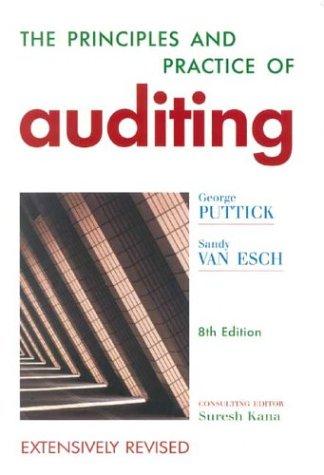Answered step by step
Verified Expert Solution
Question
1 Approved Answer
The purchase schedule for Lumbermans and Associates is as follows: Date Items Purchased Cost per Item March 15 6,000 $1.30 July 30 9,000 1.50 December
The purchase schedule for Lumbermans and Associates is as follows:
| Date | Items Purchased | Cost per Item |
| March 15 | 6,000 | $1.30 |
| July 30 | 9,000 | 1.50 |
| December 17 | 7,000 | 1.60 |
| Total | 22,000 |
The inventory balance as of the beginning of the year was $15,000 (15,000 units at $1), and an inventory count at year-end indicated that 11,000 items were on hand. Sales and operating expenses (excluding cost of goods sold) totaled $55,000 and $15,000, respectively. The federal income tax is 30 percent of taxable income.
INSTRUCTIONS:
- Prepare three income statements, one under each of the assumptions: FIFO, average, and LIFO.
- How many tax dollars would be saved by using LIFO instead of FIFO?
- Assume that the market value of an inventory item dropped to $1.35 as of year-end. Apply the lower-of-cost-or market (net realizable value) rule, and provide the appropriate journal entry (if necessary) under the FIFO, average, and LIFO assumptions.
- Repeat (a) above assuming that the costs per item were as follows:
| Beginning inventory | $1.60 |
| March 15 | 1.40 |
| July 30 | 1.30 |
| December 17 | 1.20 |
Which of the three assumptions gives rise to the highest net income and ending inventory amounts now? Why?
Step by Step Solution
There are 3 Steps involved in it
Step: 1
To tackle this problem lets go step by step Step 1 Compute Inventory Costs under Different Methods We will calculate the cost of goods sold COGS and ending inventory under FIFO Average and LIFO invent...
Get Instant Access to Expert-Tailored Solutions
See step-by-step solutions with expert insights and AI powered tools for academic success
Step: 2

Step: 3

Ace Your Homework with AI
Get the answers you need in no time with our AI-driven, step-by-step assistance
Get Started


